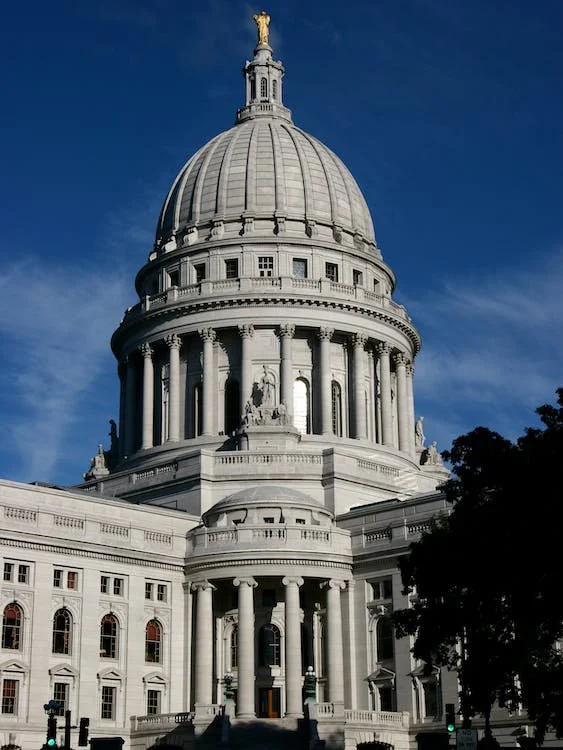The Impact of Tourism
Photo from Pexels by Matthew Barra.
Sage Osesek
As tourists explore the beauties of the world, they marvel at magnificent architecture, beautiful waters, and breathtaking landscapes. They share their experiences with others, prompting more scenery-starved tourists to explore these remarkable lands. This cascading effect has been occurring for hundreds of years. Unfortunately, the amplification of tourism does not just increase leisure and benefit the globetrotters. It has many consequences, particularly affecting indigenous communities and the environment.
Indigenous communities have suffered losses due to tourism for years. Tourism has attracted millions to beautiful locations that are already inhabited by people. Seeing a money-making scheme, many businesses and governments have forced indigenous communities off their land to make a profit from tourism. Kenya exhibits this behavior. Since the 15th century, Kenya has been a beautiful home to the Maasai people. The tourist industry recognized this beauty as an investment opportunity and created national parks and campsites on the Maasai land. Unsurprisingly, this resulted in the displacement of the Maasai tribe. While Kenyan authorities have claimed that this effort was to protect the land, the Maasai people had lived on this land for hundreds of years without hurting it. This raises questions about the validity of the government’s statements: how are they benefiting the environment when the environment didn’t require protection in the first place? Furthermore, by marketing these “eco-friendly” places to the public, tourism and inevitable environmental destruction increase. National parks are not inherently bad, but the lure they have on tourists is. Tourists explore lands unknown to them and consequently, help push out locals like the Maasai people. This displacement of the Maasai people serves to benefit tourists, which in turn, benefits the government and businesses.
Other notable communities that have suffered from displacement include locals in Maya Riviera, who were displaced after companies developed resorts and hotels; locals in Vietnam, who were displaced after the government created eco-parks and golf courses; and coastal communities in Thailand, who were displaced after their attractive land attracted tourist development. Countries that experienced notable displacement include but are not limited to: Sri Lanka, India, South Africa, Bali, Bangladesh, Namibia, Peru, Ghana, Jordan, Honduras, Brazil, China, Egypt, Argentina, Australia, Mexico, Kenya, Tibet, and Senegal.
Tourism doesn’t just affect people. Its impacts on the environment are devastating. As more people travel, carbon emissions drastically increase. Planes and popular boat rides increase CO2 emissions. These emissions can directly affect oceanic ecosystems by increasing ocean acidity. This factor combined with boat traffic, pollution, and scuba diving all lead to the destruction of coral reefs and their ecosystems. CO2 emissions also contribute to global warming, a worldwide issue that keeps compounding. According to UN Environment research, by 2050, tourism would cause a 131% increase in greenhouse gas emissions. Tourism alone accounts for 8% of all carbon emissions. Ultimately, this creates climate change, which reduces biodiversity and increases natural disasters, further harming the environment.
Unfortunately, the impact of tourism on the environment doesn’t stop there. Overconsumption of resources may be the most apparent consequence of tourism. The World Counts found that an average golf course in a tropical country uses as much water as 60,000 rural villagers. As tourists demand more swimming pools, saunas, and hotel services, water sources deplete. This overconsumption not only puts the environment under pressure but local communities as well. It creates a scarcity issue for locals who may not have adequate access to water in the first place.
Pollution has also been increasingly prevalent in tourism. Cruise ships are considered the most dangerous polluters in aquatic ecosystems. They generate noise pollution, which disturbs marine life. Many marine animals have evolved to depend on sound to interact with each other. With more noise pollution, there is less communication. Less communication causes migratory, predation, and mating issues. Cruise ships also release high amounts of sewage. A one-week voyage will release approximately 210,000 gallons of human sewage into the ocean, threatening ecosystem health. Sewage isn’t even the most dangerous problem with these voyages. Cruise ships release dangerous chemicals into the ocean in the form of gray water. Gray water is chemically dangerous water generated from laundry, dishwashers, showers, and baths. Because it contains high concentrations of nitrates and phosphates, gray water produces algal blooms. Algal blooms decrease dissolved oxygen levels, which also harms marine life. Cruise ships are one of many tourist-fueled forces causing environmental pollution, and their large-scale contributions to decreased ecosystem health are particularly concerning.
Although tourism is endangering ecosystems and displacing indigenous communities, people are becoming more educated about their footprint. Many tourists have turned to sustainable travel that minimizes harm to the environment. To decrease your role in environmental destruction, you can choose eco-friendly resorts. Such resorts use energy-efficient lighting, reduce water usage, and have eliminated single-use plastic. You should also minimize your cruise trips. Their impact on the environment is larger than we realize, and they are killing marine life all around the world. Ecotourism is also an option that reduces environmental degradation. While it has its faults, ecotourism provides direct benefits to conservation efforts, recognizes the rights of indigenous communities, and reduces our impact on the environment. Popular ecotourism locations include Costa Rica, Panama, and New Zealand. To benefit indigenous communities, hire native tour guides, eat at local restaurants, and support local businesses. All of these tips will reduce the consequences of tourism. If enough people follow a similar model, our world could decrease the damaging effects of traveling.






